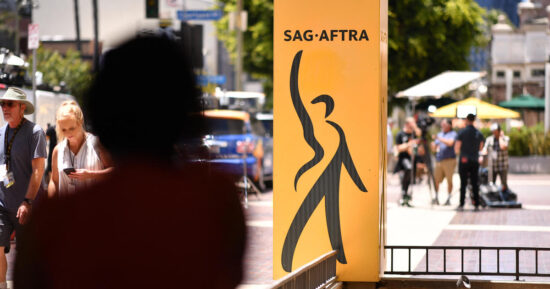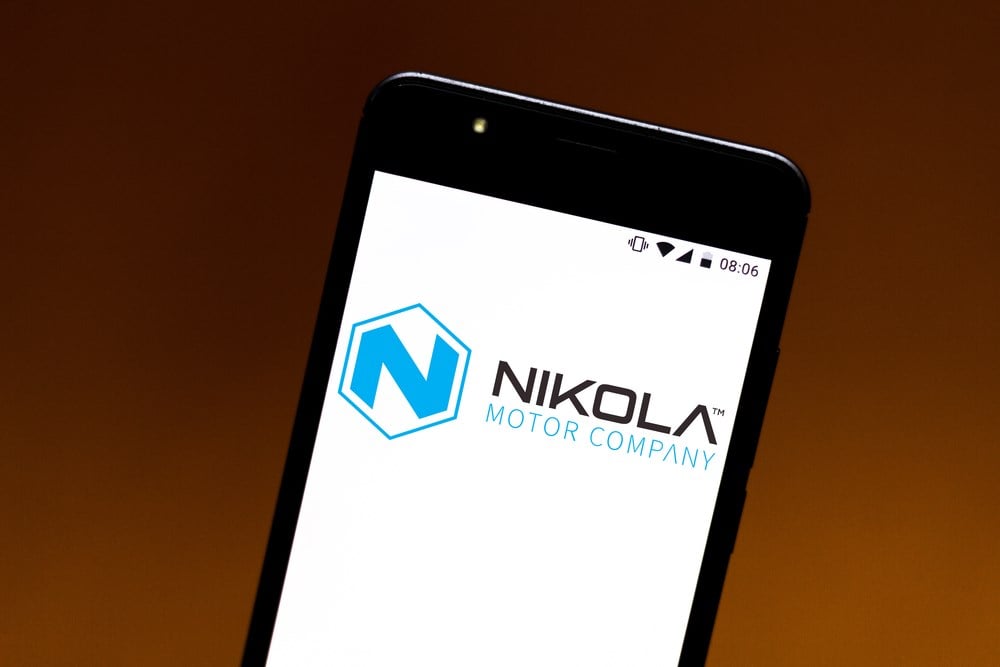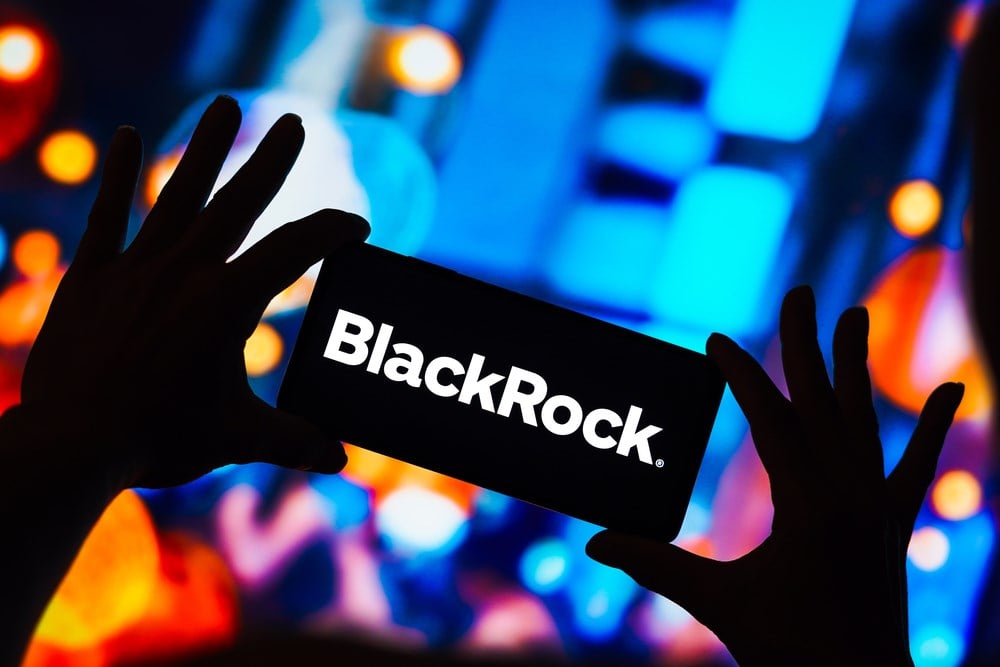The 65,000 Hollywood actors now on strike in the U.S. have much in common with the 11,000 script writers who remain off the job because of a labor dispute with the motion picture studios. Among those shared grievances: concerns that studio executives want to replace them with artificial intelligence.
For the many background actors whose names and faces aren’t instantly recognizable, the advent of ever more powerful types of AI threatens their ability to make ends meet in what is already a highly stratified industry, according to the Screen Actors Guild-American Federation of Television and Radio Artists, which is representing the actors.
That has put the issue of how studios want to use AI in TV and movies at the center of the fight, along with the impact of streaming services on performers’ pay.
“Actors now face an existential threat to their livelihoods from the use of AI and generative technology,” Duncan Crabtree-Ireland, the union’s national executive director, said Thursday in a news conference in Los Angeles declaring the strike action. “They proposed that our background performers should be able to be scanned, get paid for one day’s pay, and the company should be able to own that scan, that likeness, for the rest of eternity, on any project they want, with no consent and no compensation.”
“The computer can do it cheaper”
Film productions have long used computer-generated imagery and other technologies to create scenes that require thousands of extras. They can also use digital scans of lead actors to insert them in scenes they weren’t present in after a production wraps. Indeed, creating digital scans of movie actors is now as routine a part of the filmmaking process as doing actors’ hair and makeup.
“If there’s a stunt that’s too dangerous to put them into, I can put them into it, or maybe I can add them to a shot they’re not in,” Hollywood director Doug Liman, known for The Bourne Identity, Mr. and Mrs. Smith, and Edge of Tomorrow, among other titles, told CBS MoneyWatch.
Before this kind of advanced technology became widely available and affordable, it was less costly for productions to pay background actors a nominal day rate, versus using a computer to generate an extra. But that has changed as technology has steadily advanced.
“The main thing is the economics have shifted,” Liman said. “It used to be so expensive to create a computer-generated character that that was automatically a limiter and a job protector. But now the computer can do it cheaper and, in some cases, better than a human can.”
But the rapid advance of AI, along with the emergence of technologies such as “deep fake” tools, is heightening actors’ concerns that studios could soon push to realistically simulate performers. Owning actors’ digital likeness could undermine both their pay and ability to control their careers and exposure, including the type of production their replicas appear in.
Although Hollywood A-listers are handsomely compensated, life for most actors is financially precarious. Half of SAG-AFTRA’s members make less than $26,000 a year from acting jobs and barely qualify for guild-sponsored health insurance, actor Mehdi Barakchian told CBS News this week.
Among other things, SAG-AFTRA wants to institute restrictions in how the Alliance of Motion Picture and Television Producers, the trade group representing the studios in the labor talks, can use AI to do work once exclusively reserved for human actors.
An AMPTP spokesperson denied claims that producers want to use digital replicas of background actors “in perpetuity with no consent or compensation,” as SAG-AFTRA claims the group has proposed.
“In fact, the current AMPTP proposal only permits a company to use the digital replica of a background actor in the motion picture for which the background actor is employed. Any other use requires the background actor’s consent and bargaining for the use, subject to a minimum payment,” the spokesperson told CBS MoneyWatch.
Visual effects supervisor Mark Russell explained that some productions will create a digital scan of an actor, but only use it once in a particular scene or for a specific film. “It’s one day of work and in my experience it’s all been within the scene you capture them for,” Russell told CBS MoneyWatch.
By contrast, SAG-AFTRA members want control over how studios use their digital likeness in other projects, including productions a background actor might object to. This could become an issue if a bit actor becomes a recognizable star later in their career and a studio owns their likeness, captured from an earlier movie.
“They could conceivably use it to their advantage,” Russell said. “Given where the technology has been going, I think it’s a legitimate concern to know where your likeness is allowed to be used. In my opinion, only the individual should have control over that.”
Character actor Carrie Gibson is passionate about about protecting her own and other actors’ “right to do what we’re meant to do,” she told CBS News. “The threat right now, is that purpose could be taken away from us through AI.”








